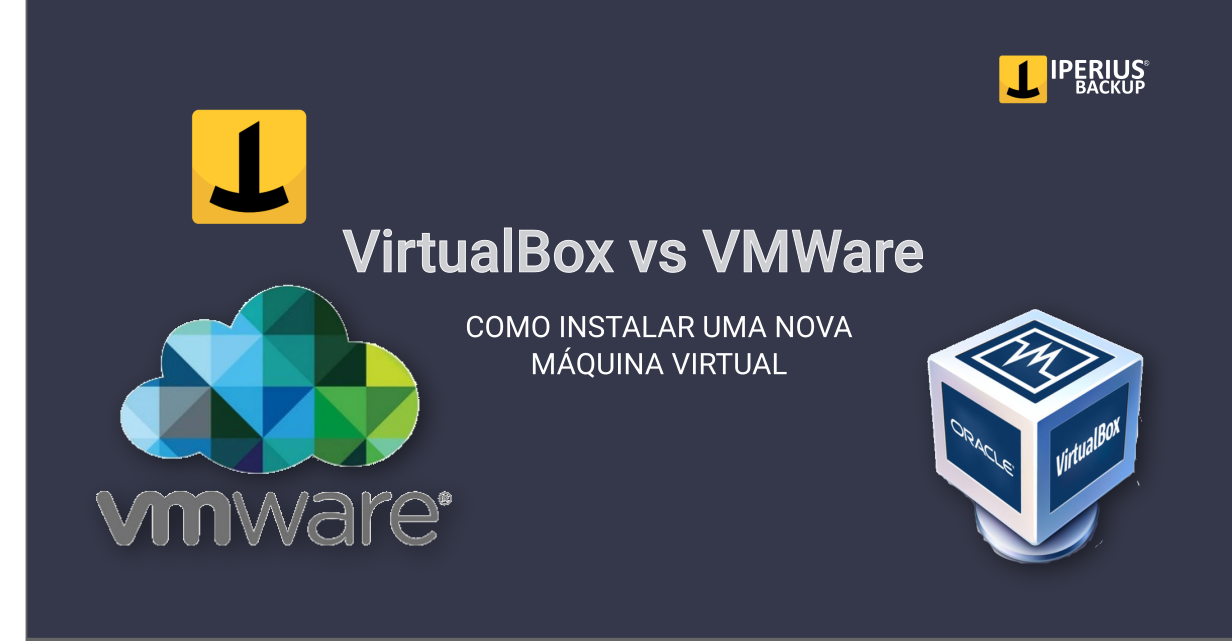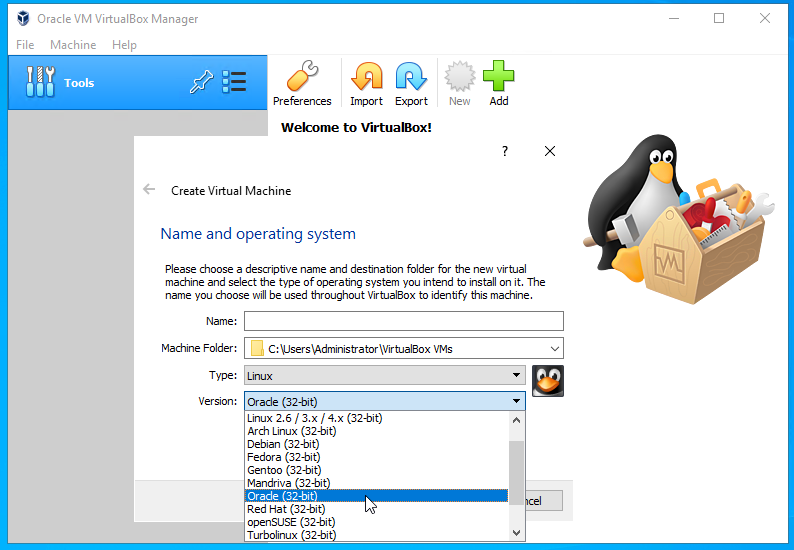
As with any open source tool, you’ll want to ensure that you have enough in-house or outsourced resources to set up, run, and maintain the software. KVM support is provided through several well-respected vendors like Red Hat or Oracle, and there is a vibrant community of home lab and professional server admins available for help.

That said, VMware’s vSphere 7 released Monster VMs, which double the performance and capacity for clusters. VMware performance really has to do with the tools that run the virtualization capabilities. VMware tends to play up that ESXi is a true bare metal hypervisor, and therefore has faster processing, but the difference is negligible to most users. The Linux kernel gives KVM a single level of abstraction but doesn’t affect performance. This means that upgrading to new versions of ESXi or vSphere may render your older hardware obsolete. VMware claims a piece of hardware when you install ESXi. This gives you more flexibility when choosing hardware vendors and for future iterations of your server architecture. KVM can be installed on a range of servers as long as they have the Intel VT or AMD-V processors. VMWare’s ESXi hypervisor and vSphere virtualization software are available with limited capabilities at a free tier with extended features and support available at paid levels. KVM is available as a free and open source tool with optional support options. These tools both come in free or paid options. VirtualBox for Desktop Virtualization Pricing for KVM vs.

ESXi also requires either the free vSphere software or a paid subscription vSphere 7 plan.Īlso Read: VMware vs. ESXi now uses the vmkernel to run hardware, the guest computing systems, and the service console.

The previous version, ESX, loaded a Linux kernel as a service console, but the Linux kernel was dropped in version 4.1. The VMware hypervisor ESXi is a bare metal type 1 hypervisor designed to run on a physical server to partition hardware. KVM is available as a free open source software download, but there are commercial support options from vendors like Red Hat or Oracle. KVM is made up of a loadable kernel module (kvm.ko) and a processor-specific module for Intel or AMD used to host Linux and Windows images on virtual machines with the QEMU userspace.

Kernel-based virtual machine (KVM) is a Type 2 Linux hypervisor that acts as a Type 1 hypervisor, as it runs on hardware that has virtualization extensions for Intel VT or AMD-V processors. VMware hypervisors.Ĭhoosing between KVM and VMware hypervisors will require understanding your hardware, IT resources, and performance needs, along with a good understanding of your company’s financial needs. When looking to implement virtual machine (VM) hypervisors, most companies will compare KVM vs.


 0 kommentar(er)
0 kommentar(er)
